The leads are weak… I’ve been in the business of generating leads for over a decade now, and I can firmly say that no matter the industry, the product, or the type of advertising being used there will always be a group of people caught in the endless loop that is the search for quality.
The principal itself is one that makes sense
“I have to invest a lot of time into qualifying/converting leads so I want ones who are worth my time”
However it’s just beyond this realization that many businesses real estate or otherwise fall into the abyss. There seems to be a continuing cycle…
1. Analysis Ad Nauseum: We start looking for any reasons to down grade the quality of our existing sources. Price point, phone, email, time frame, and basically any one who is not ready to buy a luxury home with a cash offer today.
2. The Blame Game: Whether our ads are self managed or managed by someone else we are determined to find the “source” of the poor lead quality. This usually leads to blaming the person buying your traffic, where you buy your traffic from, or some combination of both.
3. Let’s Break Everything: Once the blame game starts it never really ends. Even if we subside our blame for awhile we ultimately come back to the Analysis Ad Nauseum, which leads to the blame game, which then brings us to the decision to quit, cancel, and just start all over again.
This three step process doesn’t just apply to online sources, it’s a cycle that’s repeated itself in all forms of lead generation for quite some time, but the additional data of online traffic puts it on steroids. I’ve watched hundreds of people do this, and I myself have been a victim to this vicious cycle more than a few times in my career.
What’s so dangerous about this process is that it causes perfectly rational business people to do things that make no sense at all. They cancel valuable services or burn bridges. They stop using proven methods for generating success, and worst of all they abandon days, weeks, months, and even years of hard work.
So is lead quality important?
Absolutely! Generating quality leads/traffic is crucial to any business. Where things really get hairy, and the Analysis Ad Nauseaum begins is in the measurement of quality. It’s easy to measure things like CPL (cost per lead) or volume of leads. What’s difficult is determining things like time frame, price point, valid info, and overall willingness to close. This shit is pure black magic, and I often see people grasping for straws, and anecdotes when entering the Blame Game step.
Then What Can I Measure For Quality?
Contact Information: This is a huge indicator of quality in any form of lead generation industry. Take a credit card app for example. Those kids who want you to sign your life away for a T-shirt at your local university will usually review your app for bullshit information or missing fields, because for them no credit check = no pay.
When it comes to numerically measuring quality of contact info we need to keep a few concepts in mind.
WE CAN:
- Check formatting: Does this phone # have enough digits?
- Check for bounce: Did my welcome email bounce or fail to send?
- Check for complete: Is a field empty?
We Can NOT:
- Ensure this number belongs to this person
- Ensure this email is the primary address for this person. Double opt-in is what my Yahoo! account lives for
- Know what exactly they are thinking. Buyers are liars.
Now you might notice that the things we “can not” do are typically the things our agents/selves want from us the most. This is where we need to get our heads on straight, and start thinking about what we can realistically change. Putting a phone field, even one that’s required with a format validity check isn’t going to stop a person from giving you the # to Domino’s.
Here’s a basic way to think logically…
If X% of valid formatted phone/emails are received then Y% will actually belong to those people.
Measuring X is pretty straight forward, and can be automated. Y requires intensively consistent, and persistent prospecting from agents. (lol and pigs that fly)
Simply put, when measuring a traffic or lead generation source focus on X more than Y or your head will spin.
Quality Improvement Continued…
Traffic Sources: In a previous post I mentioned some top sources for generating leads. Again when it comes to improving those things that are tough to measure such as willingness to close or price point what we have to do is simply use some common sense.
- Zillow/Portals = Property inquiry.
- Google = Searching for something about real estate.
- FB = Clicked on your FB ad, because it generated some form of interest.
All of the above are very different, but common sense says will be fairly reliable sources of quality traffic. Resist the urge to “Break Everything”, and abandon these bread and butter tactics. Just because you got a bogus lead or a few strings of FYOU@gmail.com’s isn’t a valid excuse to give up on any of the three core places people start their online real estate experience.
Capture Methods: “The Consumer is not a moron, she is your wife.” – David Ogilvy.
Looking at a lot of the capture/advertising tactics used by some; I get the impression that the real estate industry has a very low expectation of intelligence from their potential clients. Donald Trump might be an actual presidential candidate, but that doesn’t mean that people will fall for your stupid tricks.
Require a phone number? The consumer probably expects a phone call. This may deter them from completing the form in the first place. Those who really want whats behind that form (that’s a good sign), but fear sales pressure will likely provide a number known by Tommy TuTone.
The moral of the story here is evaluate your capture methods. Make sure that they are straight forward, and set proper expectations. Over use of the word “free” when something is not free is an example of this in bad form.
A quick note on adjusting/optimization: Optimizing for lead quality makes even savvy marketers do stupid things. Refer to the Can vs Can Not of quality measurement, and you’ll know what changes to make, and what results to track.
Quality Tips For Quality Leads: Let’s wrap this up with a few main pointers…
- Stick with what works. Results ARE typical is what we want to shoot for. It’s usually the obvious.
- Don’t try to change things you know you can’t control.
- Don’t try to change things to try and change the things you can’t control.
- Play the numbers: You’re gonna get bad leads. Deal with it.
Stay Tuned for a follow up to this post on qualification, and how to “deal with it” the smart way.


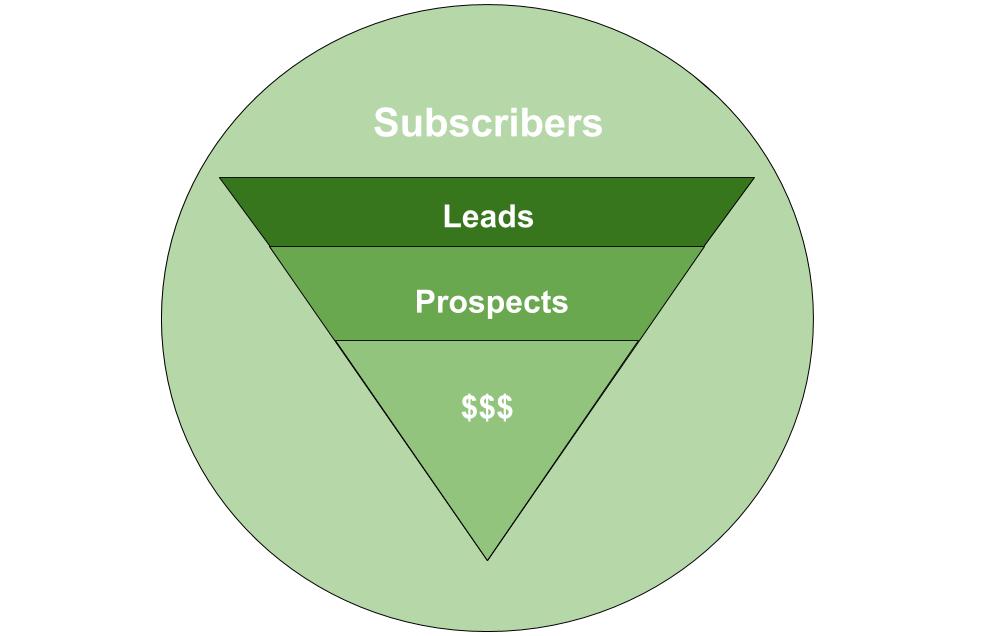
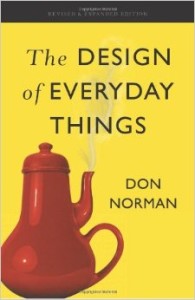
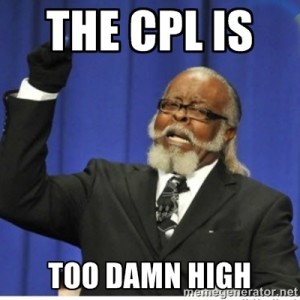
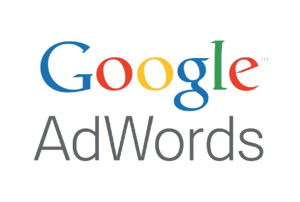

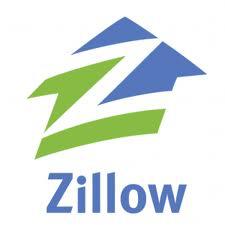

Recent Comments